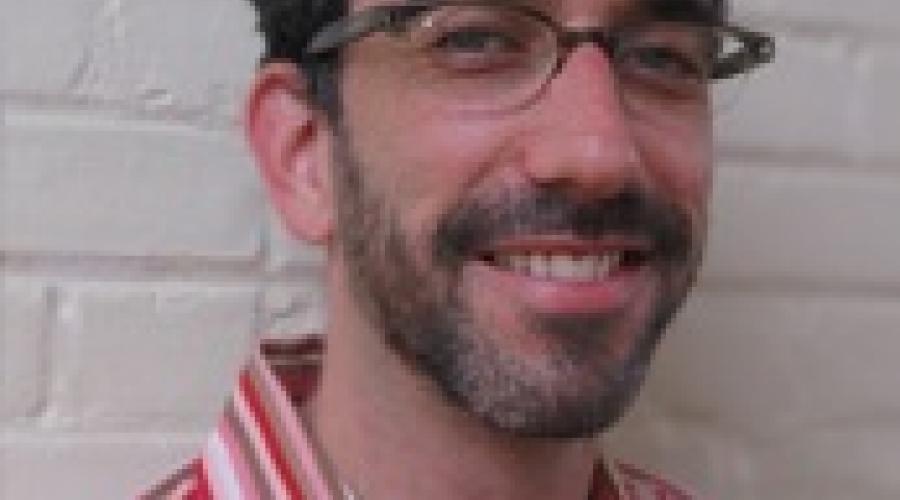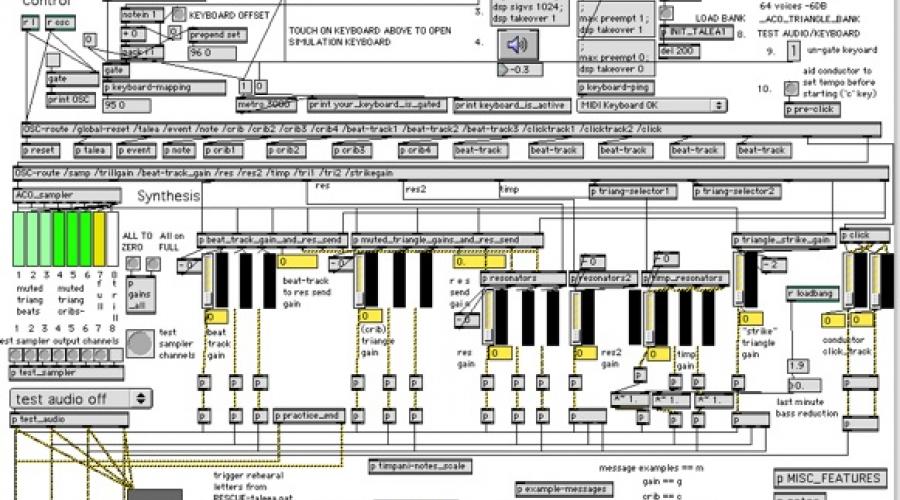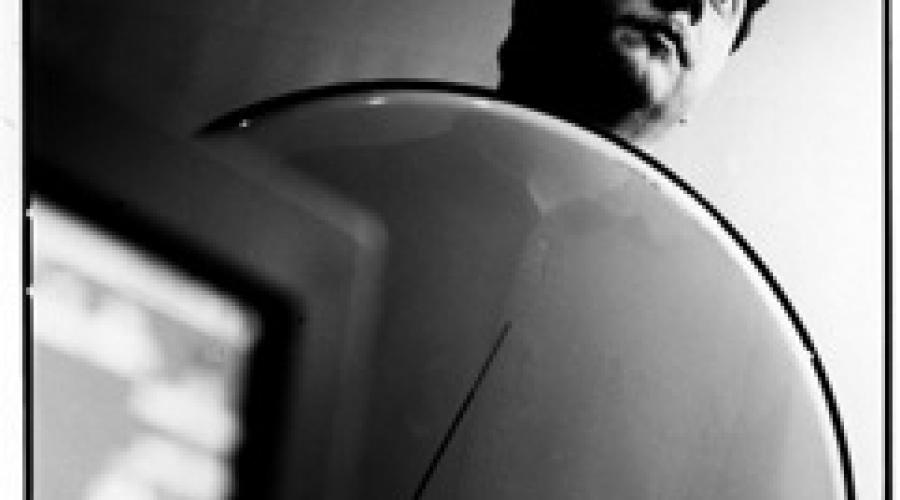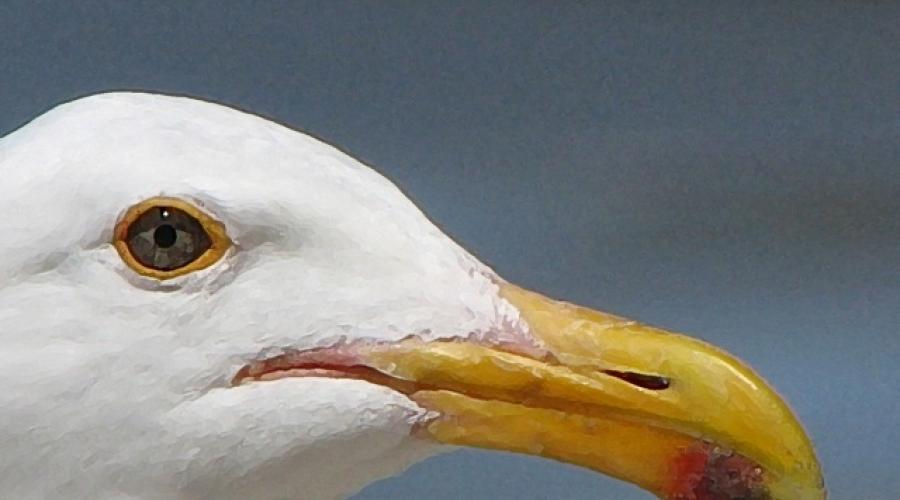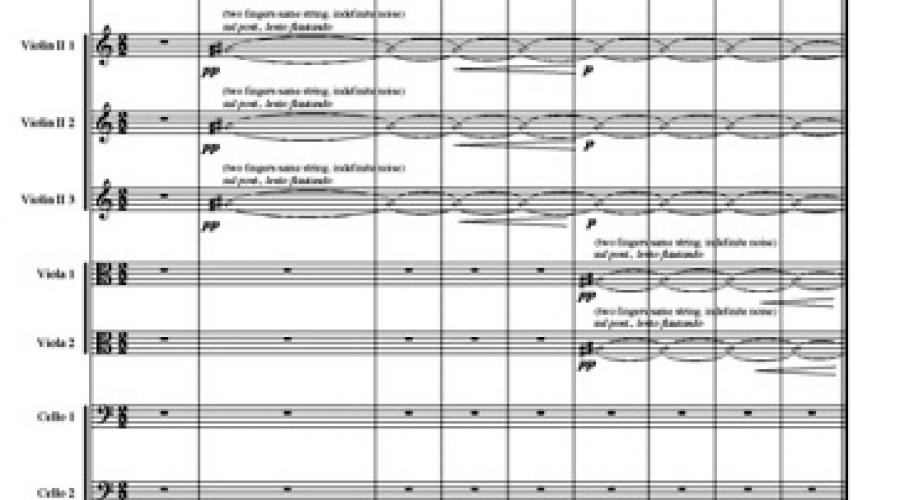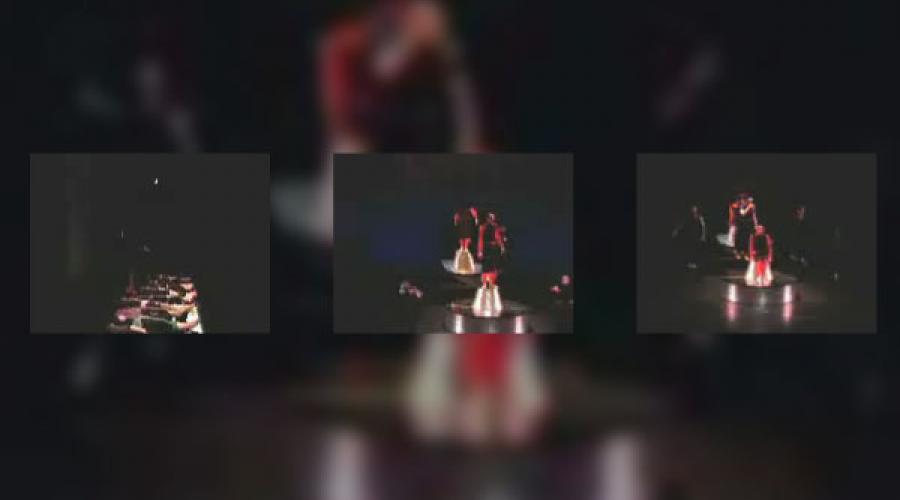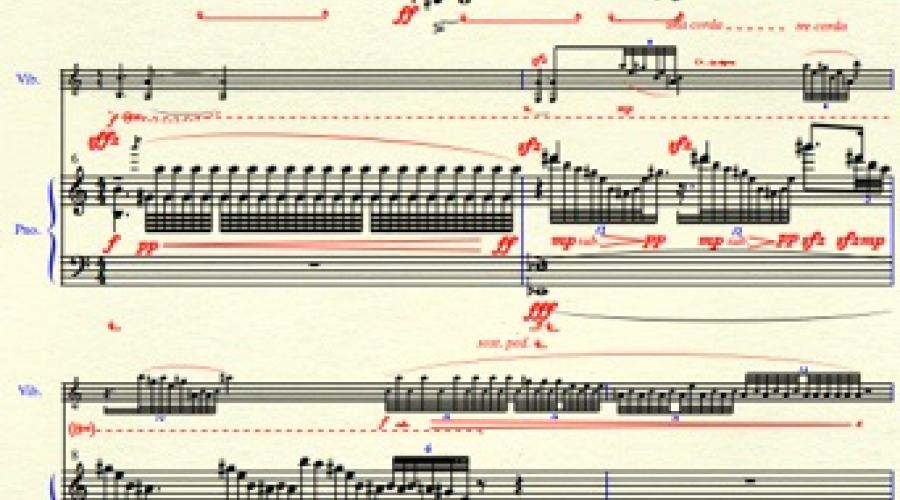Melodrama, nach Beethoven
Beethoven’s Melodram, for glass harmonica with recitation, was composed in 1814 as incidental music for Friedrich Duncker’s drama entitled Leonore Prohaska. My Melodrama, for electronic medium, was composed in 2003 as a long coda, attached to the end of Beethoven’s trifle.

